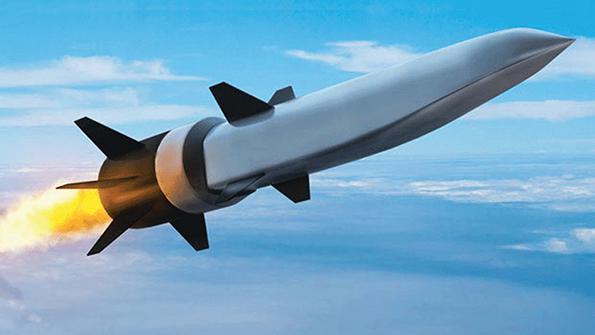
Credit: Raytheon
The U.S. Navy will consider hypersonic and high-supersonic designs for the service’s next anti-ship cruise missile. Budget justification documents released by the Navy on May 29 list the Hypersonic Air-breathing Weapon Concept (HAWC) and the Supersonic Propulsion Enabled Advanced Ramjet (SPEAR)...
Subscription Required
This content requires a subscription to one of the Aviation Week Intelligence Network (AWIN) bundles.
Schedule a demo today to find out how you can access this content and similar content related to your area of the global aviation industry.
Already an AWIN subscriber? Login
Did you know? Aviation Week has won top honors multiple times in the Jesse H. Neal National Business Journalism Awards, the business-to-business media equivalent of the Pulitzer Prizes.
